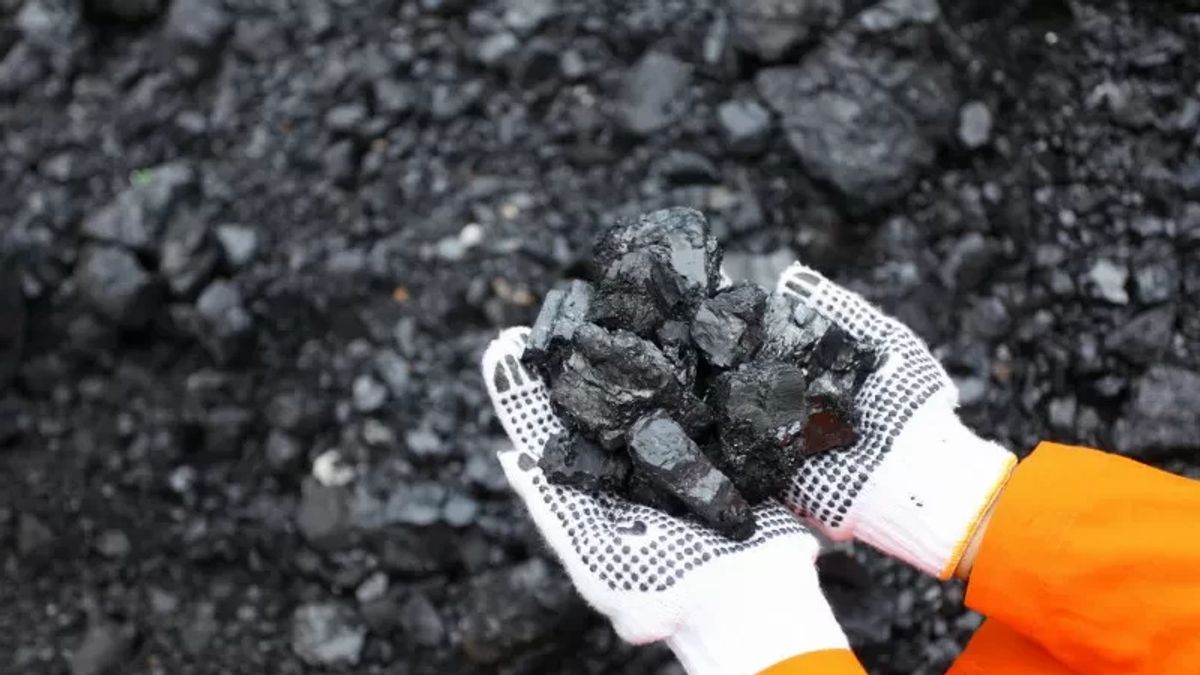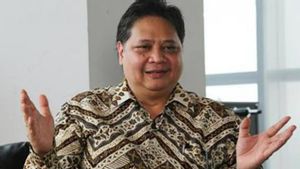JAKARTA - A subsidiary of PT PLN, PT PLN Energi Primary Indonesia (EPI) plans to develop a coal blending facility (CBF) technology in several parts of Indonesia. This is to maintain the continuity of energy supply for PLTUs that require high-calorie coal.
"This coal mixing facility will become a new business for PLN EPI and its subsidiaries to create coal products that are in accordance with market demand through coal blending," said PLN Corporate Secretary EPI Mamit Setiawan quoting Antara.
According to Mamit, the trial use of CBF in Cilegon, Banten, shows that CBF is the most strategic technology to ensure coal supply to power plants and also make generating operations more efficient. This is also reinforced by the results of laboratory testing by Sucofindo.
In the trial, high-calorie coal (HRC) was mixed from mines in East Kalimantan, while the low-rank calorie (LRC) was sent from the South Kalimantan mine. The two types of coal were then mixed to create value creation and distributed to PLTU Java 7.
So far, the need for coal for the Java 7 PLTU is in the 4,800 calories which is not easy to obtain in the domestic market. With this CBF, the source of coal calori 3,800 (low rank coal) from suppliers can be blended with a high rank coal of 5,800 so that they get the appropriate calories.
"The mixing of 5.800 calori coal with calories of 3.800 turned out to have a significant impact where the results were very good and according to the expectations of the Java 7 PLTU," said Mamit.
On the other hand, the price is even cheaper so that there is efficiency (value creation) obtained up to Rp27 billion.
Currently, the coal mixing facility managed by PLN only exists in Cilegon, Banten with a capacity of 30,000 - 40,000 tons in one blending. CBF in Cilegon is a collaboration between PLN EPI through a subsidiary of PT PLN Batubara Niaga (BBN) and PT Krakatau Bandar Samudera.
SEE ALSO:
Even so, the success of the CBF trial in Cilegon attracted other PLTUs to buy quality coal from PLN, such as the Labuan PLTU and several PLTUs in Kalimantan. This is because the coal circulating in the domestic market is mostly low in calories.
"Most people who are interested are private-owned generators or Independent Power Producers (IPP) whose generating machine specifications require the use of high-calorie coal," said Mamit.
The use of high-calorie coal, continued Mamit, has related advantages in terms of maintaining PLTU's strength and maintenance (maintenance). "The use of HRC's coal also produces low ash and emissions so that it is more environmentally friendly," he said.
The English, Chinese, Japanese, Arabic, and French versions are automatically generated by the AI. So there may still be inaccuracies in translating, please always see Indonesian as our main language. (system supported by DigitalSiber.id)
















